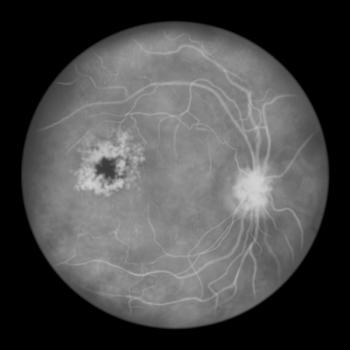
Are You Really Helping Patients? (Part 2)
I previously discussed what it really means to help patients with their medications. Let's continue that discussion by looking at the case of Donna.
I
Donna, age 35, is in your pharmacy receiving a new script for sertraline 50 mg. She’s casually dressed but appears fatigued and her emotions are blunted when you fill the script for her. You’re concerned she may not have a grasp on what this medication will do and how it will affect her. How do you proceed?
The simplest answer is you fill the script, take Donna’s money, ask if she has questions (perhaps), and watch her leave. This happens frequently in outpatient pharmacies, but has Donna really been “helped?”
She’s receiving a script for anxiety or depression (most likely) and seems to be displaying overt signs. Any responses she might give to questions you ask about the medication may be affected by that. So, if she says she has no questions, how much faith do you have in her answer?
We could instead force information into the conversation, using our expertise to explain what the medication is, what it will affect, and what adverse effects may occur. She may nod her head and thank you afterwards, but has she been helped? The pharmacist could argue that the job has been done—the information was communicated and the patient confirmed it. But, how do we know any of that was helpful?
Let’s contrast that with the “humble” approach described in the last article. We might start with an initial request: “I’d like to help you understand this medication better. It can have some side effects you might not expect, and it’s important that you take it at regular times. Could we sit and talk for a few minutes?”
If Donna accepts, we could ask questions like:
- What do you know about this medication?
- Are you optimistic that it will help you?
- How do you expect to feel if it works?
- Do you have a friend or family member who can help remind you to take the medication at the same time each day?
- What concerns or frightens you about taking this medication?
Notice these questions are in nonscientific language but will allow the pharmacist to address scientific issues in Donna’s answers. The pharmacist may find an opportunity to suggest solutions to secondary problems, like a pill box or sleep aids. But, most importantly, the dialogue places Donna at the center, giving her the chance to tell the provider what kind of help she needs and giving the provider a better chance at being really “helpful.”
Don’t forget that everything you say to a patient is an intervention. If you tersely ask whether the patient has questions, it sends the message that you really don’t care either way, no matter how much you smile. By adopting a posture of humility with patients, you give them a sense of power and dignity and will encourage them to speak honestly about their situations.
Practice your “humble helper” approach at home, your job, church, or with friends. The more you practice, the better you will get at being helpful.
Newsletter
Stay informed on drug updates, treatment guidelines, and pharmacy practice trends—subscribe to Pharmacy Times for weekly clinical insights.


























































































































































































































